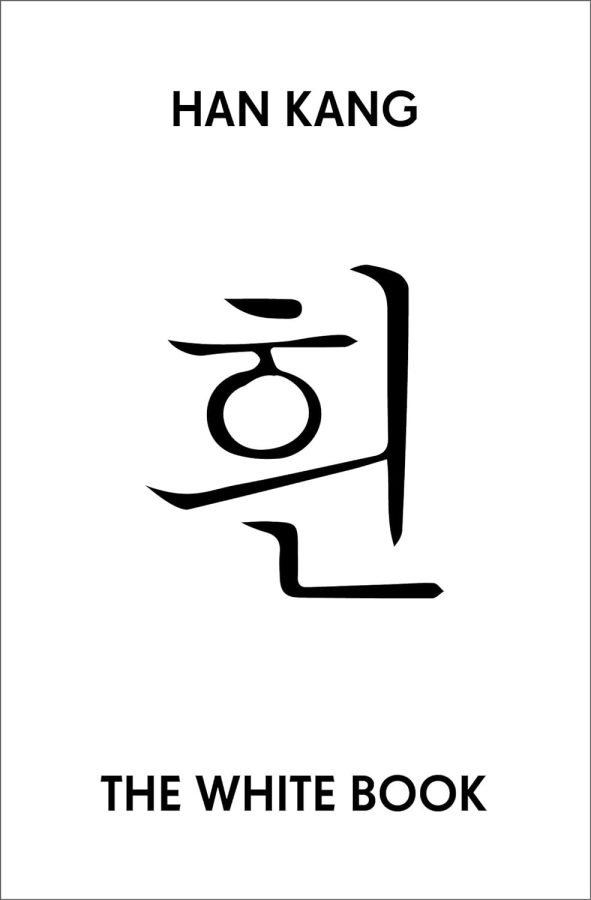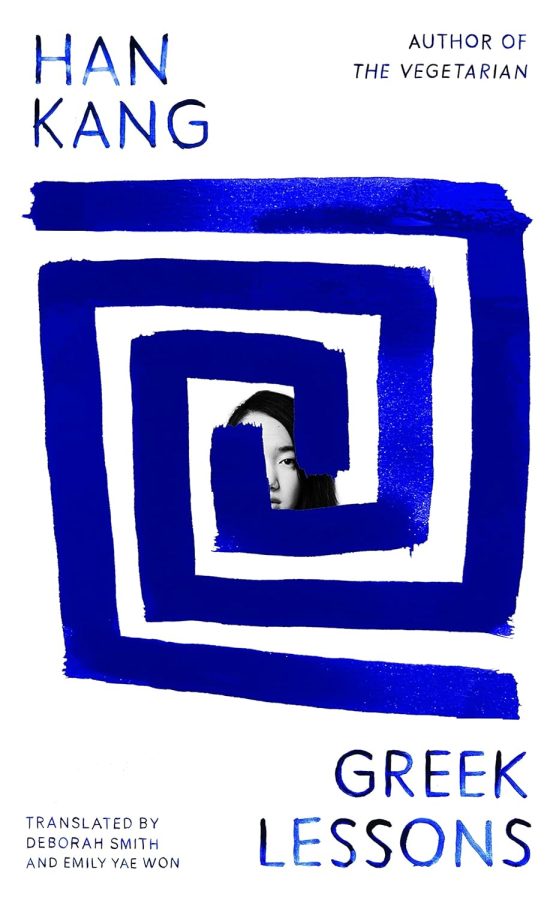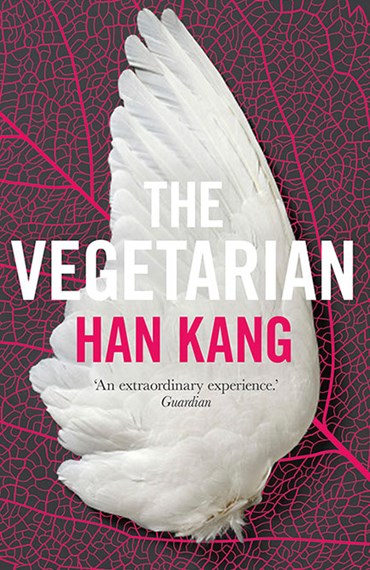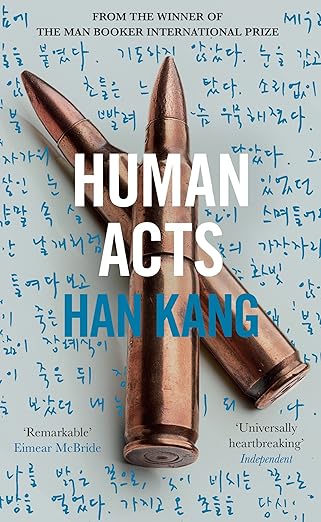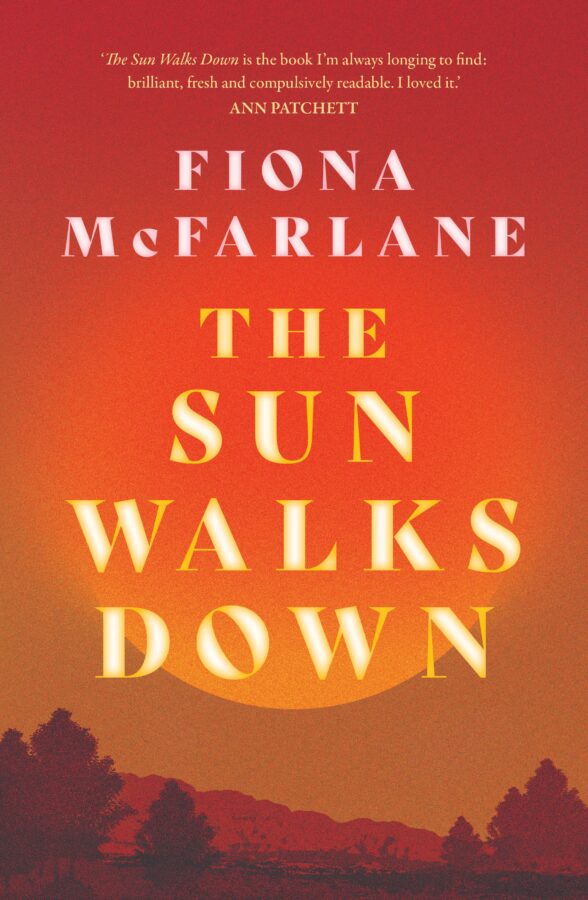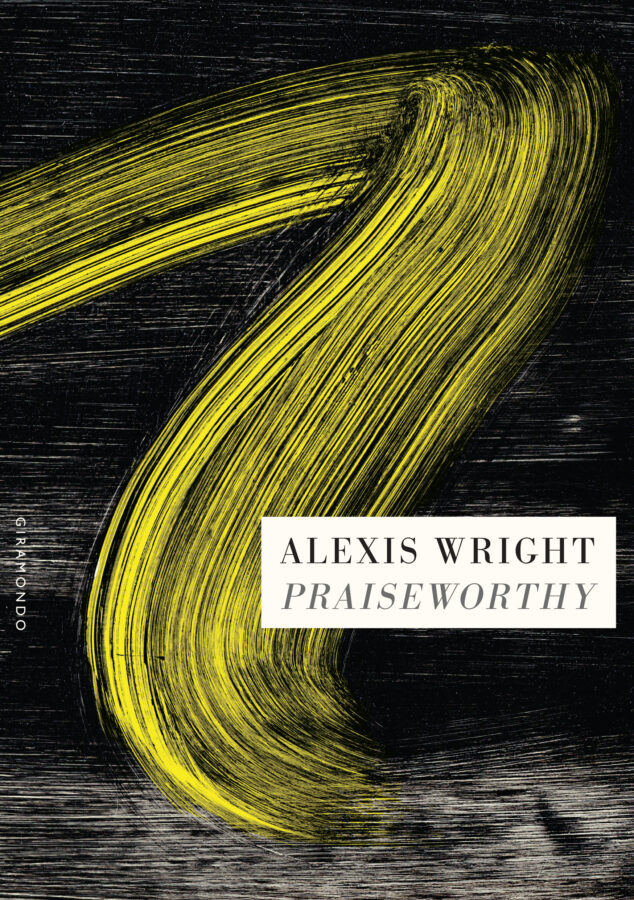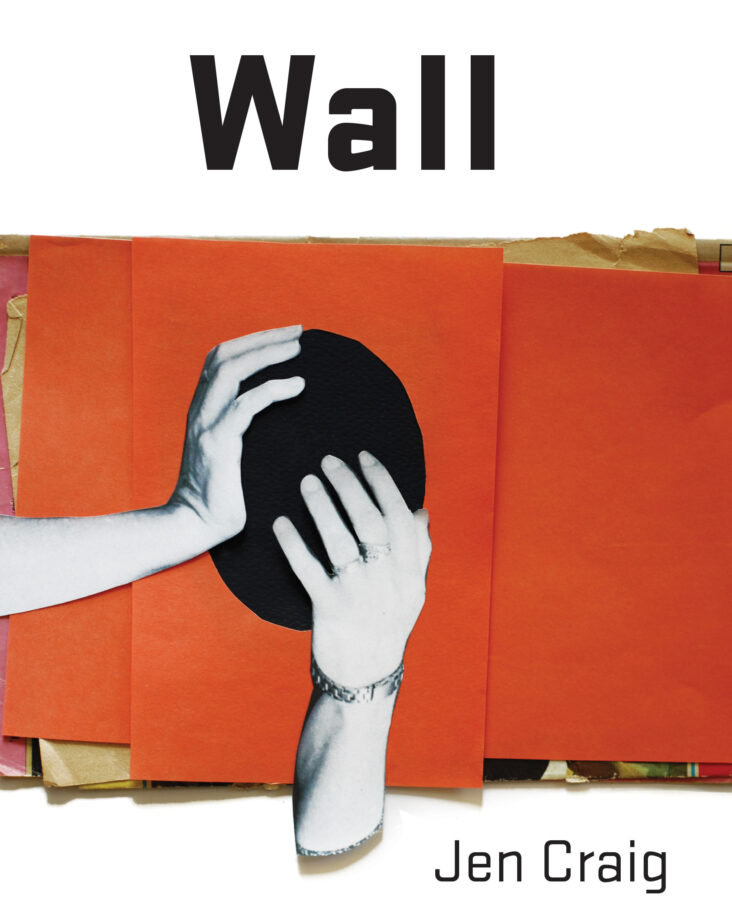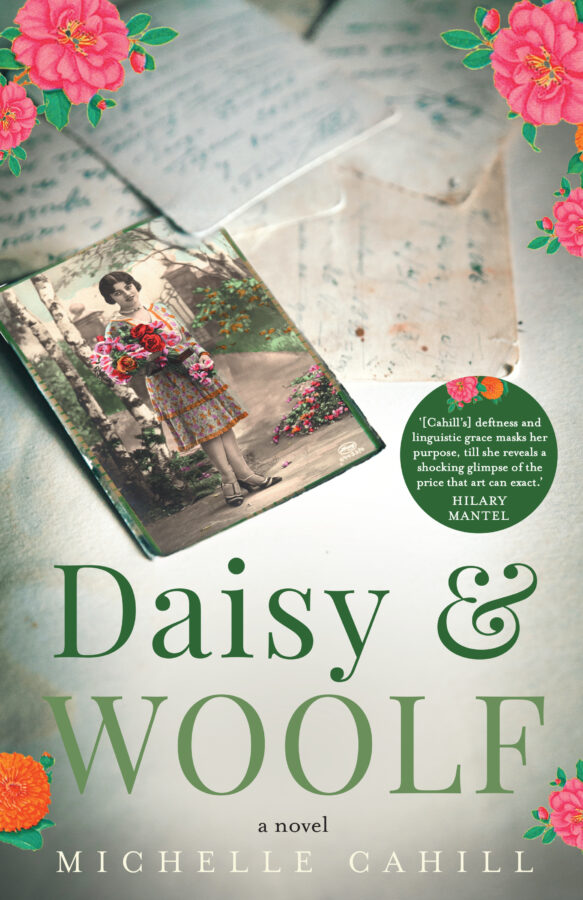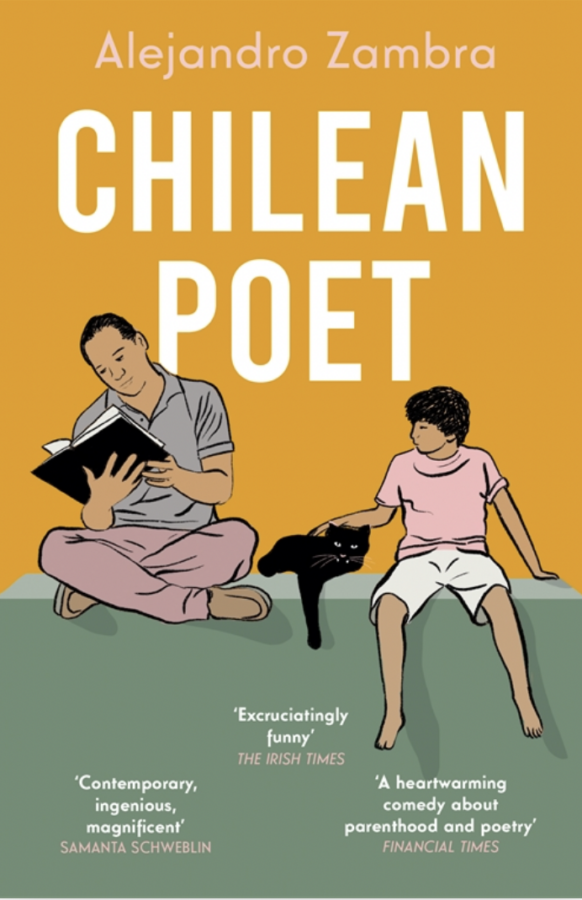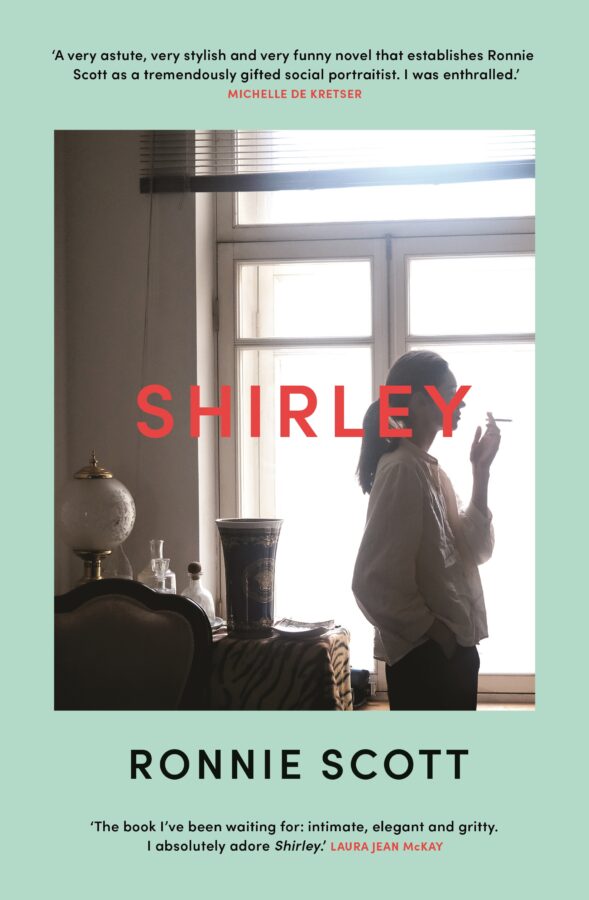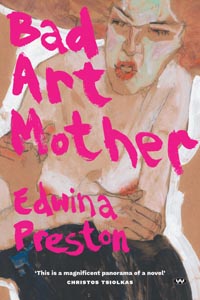Fiction
Back to the Old House
Lost child stories have appeared so frequently in our national literature that a vast critical discourse has grown around them. As Peter Pierce suggests, these stories have long been used by white Australians to work through settler anxieties of unbelonging. Elspeth Tilley argues that ‘white vanishing’ narratives, compulsively retold, enable white Australians to assume a victim position. While the search for the lost child offers a chance for the community to rally, assert its heroic qualities, the lost white child functions as a symbol of national innocence, obscuring a history of violent dispossession.
For There She is, Out of the Shadow
The underlying structures that led to Woolf’s thinly veiled racist depiction of Daisy in Mrs Dalloway have reconfigured to shape Mina’s existence in the world as a woman writer of colour. Writing Daisy’s story is a way for Mina to push back and resist the daily draining forces of racism and sexism. Writing is revival, ‘I know what I have to do: tracking her voice, channelling her vibe; that is what matters’, Mina hypes herself, adding ‘[r]esearch seems to work when I’m stuck, turning history, allowing the creative nexus to thrive, to flower, for Daisy to intone leaving her husband, her son, and her household behind.’.
Against Lifestyle
Slowly, Shirley also reveals itself as an anti-lifestyle text. For each sparkling marker of inner-city affluence, there is an equal and opposite undercurrent of dread edging the novel towards murkier territory. The clearest – but also least interesting – instance is the enigma which frames the book: an ostensibly antic affair regarding the narrator’s mother, once a well-regarded celebrity chef whose career was halted many years ago when she was photographed outside her house smeared in blood. Whose blood? What happened?
